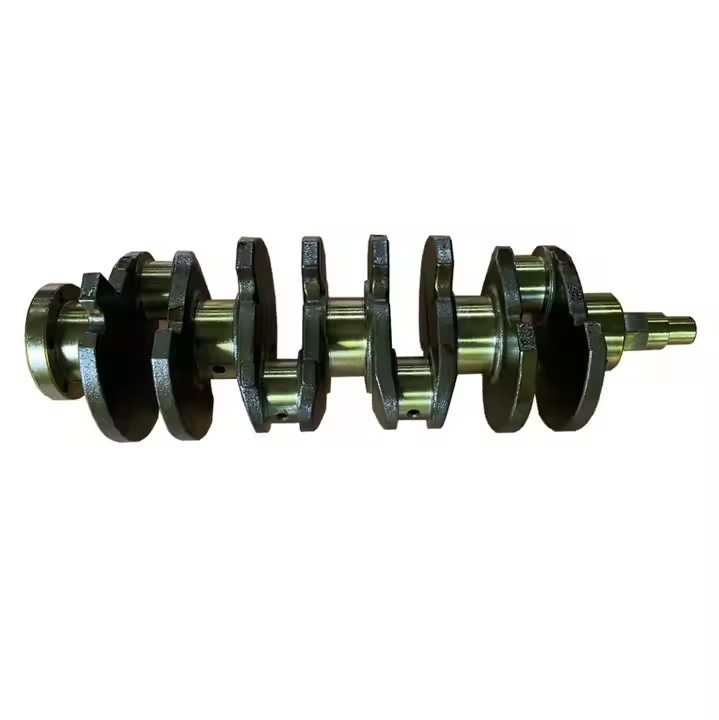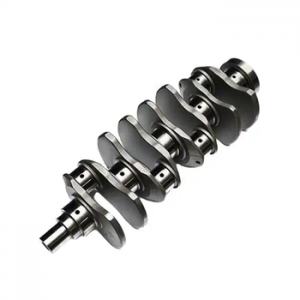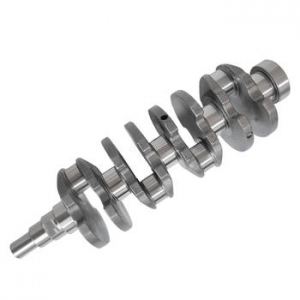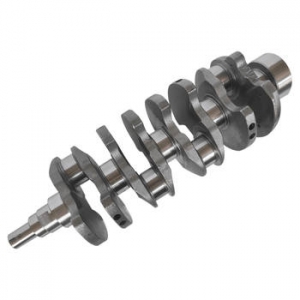Understanding Crankshaft Materials
The crankshaft is a critical component of any internal combustion engine, converting the reciprocating motion of the pistons into rotational motion that drives the vehicle. The material used to make the crankshaft is crucial in determining the engine's performance, durability, and reliability. In this article, we will discuss the most common crankshaft materials and their properties.
Cast Iron
Cast iron is one of the most widely used materials for crankshafts in low-performance engines. It is relatively inexpensive, easy to cast, and has good machinability. However, cast iron has a low strength-to-weight ratio, making it unsuitable for high-performance engines that require lightweight and strong components.
Steel
Steel is a popular choice for crankshafts in high-performance engines due to its high strength-to-weight ratio. There are several types of steel used in crankshaft manufacturing, including forged steel, nodular cast iron, and high-strength low-alloy (HSLA) steel. Forged steel is the strongest and most durable option, but it is also the most expensive. Nodular cast iron and HSLA steel offer a good balance between strength, cost, and machinability.
Factors to Consider When Choosing Crankshaft Material
When choosing crankshaft material, several factors must be considered, including the engine's intended use, power output, RPM range, and operating conditions. For example, a crankshaft for a high-performance race car engine will require different properties than one for a heavy-duty diesel engine used in commercial trucks.
Strength
The crankshaft material must be strong enough to withstand the high stresses and loads generated by the engine. The material's ultimate tensile strength (UTS) and yield strength are critical factors to consider. The UTS is the maximum stress the material can withstand before breaking, while the yield strength is the stress at which the material permanently deforms.
Weight
The crankshaft's weight can significantly impact the engine's performance, balance, and vibration. A lighter crankshaft can reduce the engine's inertia, allowing for quicker acceleration and deceleration. However, a lighter crankshaft may not be as strong or durable as a heavier one.
Cost
The cost of the crankshaft material is also an essential factor to consider. While forged steel is the strongest and most durable option, it is also the most expensive. Other materials, such as nodular cast iron and HSLA steel, offer a good balance between cost and performance.
Machinability
The crankshaft material's machinability is crucial for manufacturing and production. A material that is easy to machine can reduce production times and costs, while a material that is difficult to machine can increase manufacturing complexity and expense.
Conclusion
Choosing the right crankshaft material is critical for the engine's performance, durability, and reliability. The most common crankshaft materials are cast iron and steel, with several types of steel used for high-performance engines. Factors such as strength, weight, cost, and machinability must be considered when selecting crankshaft material. By understanding the properties of each material and the engine's intended use, engineers can select the best crankshaft material for the application.





